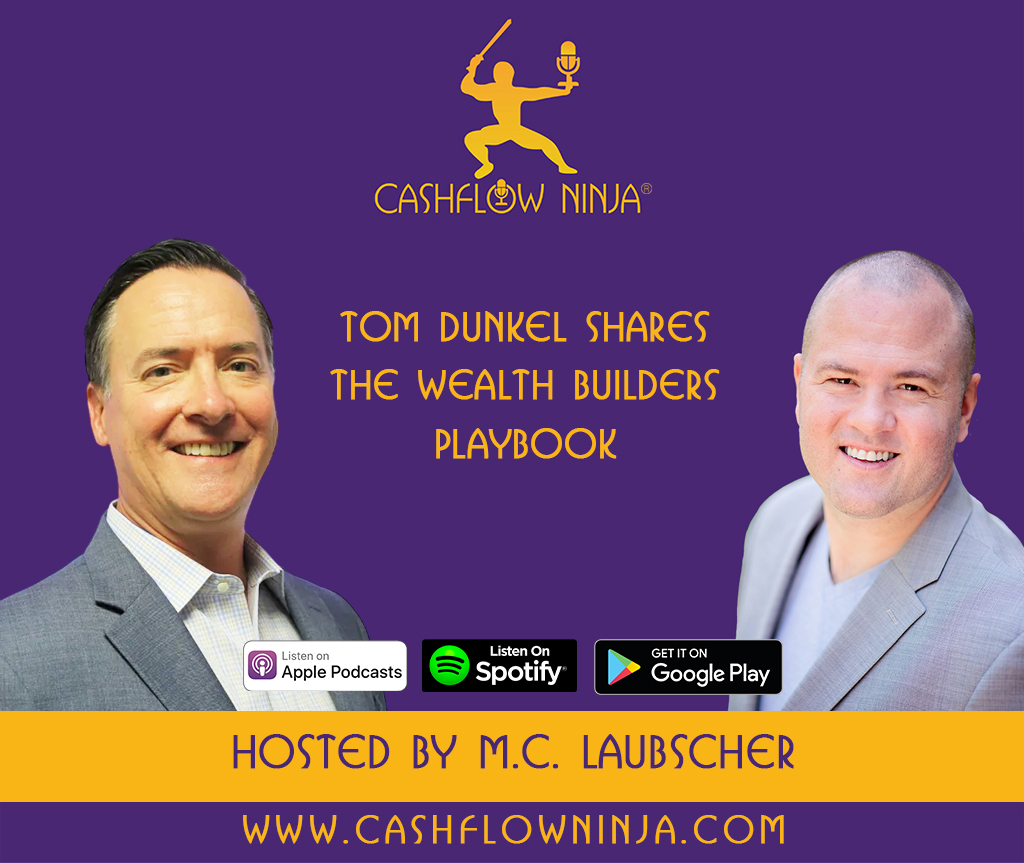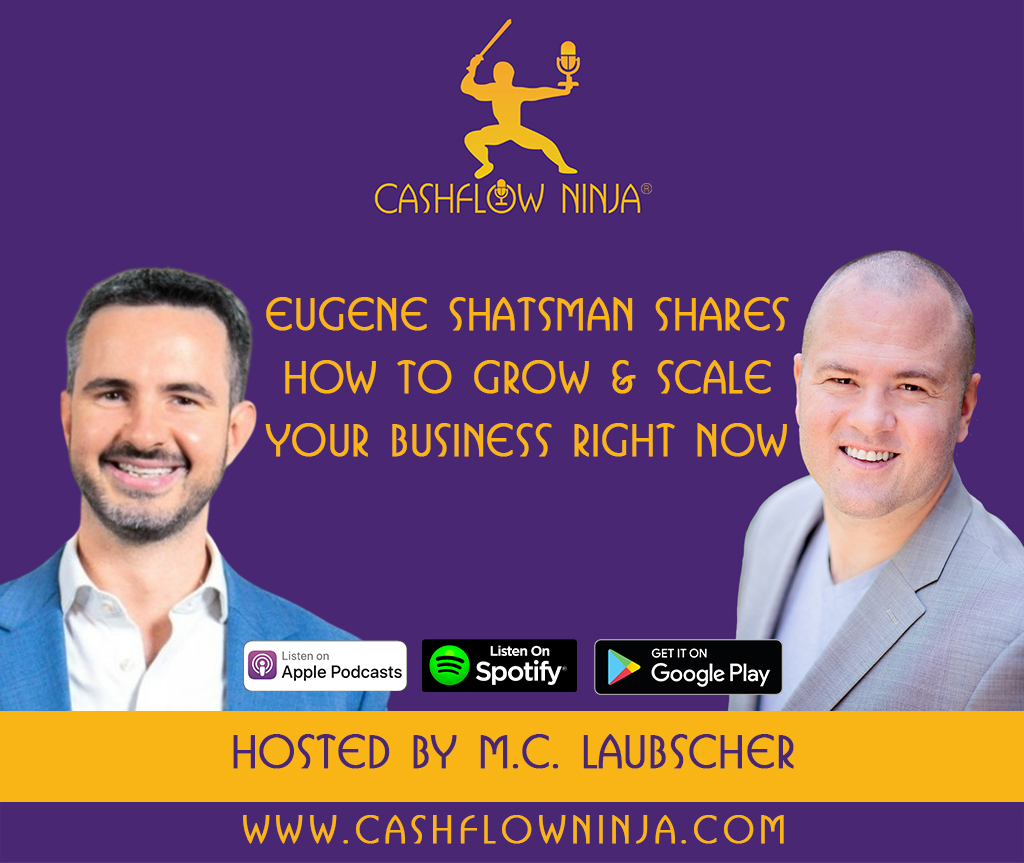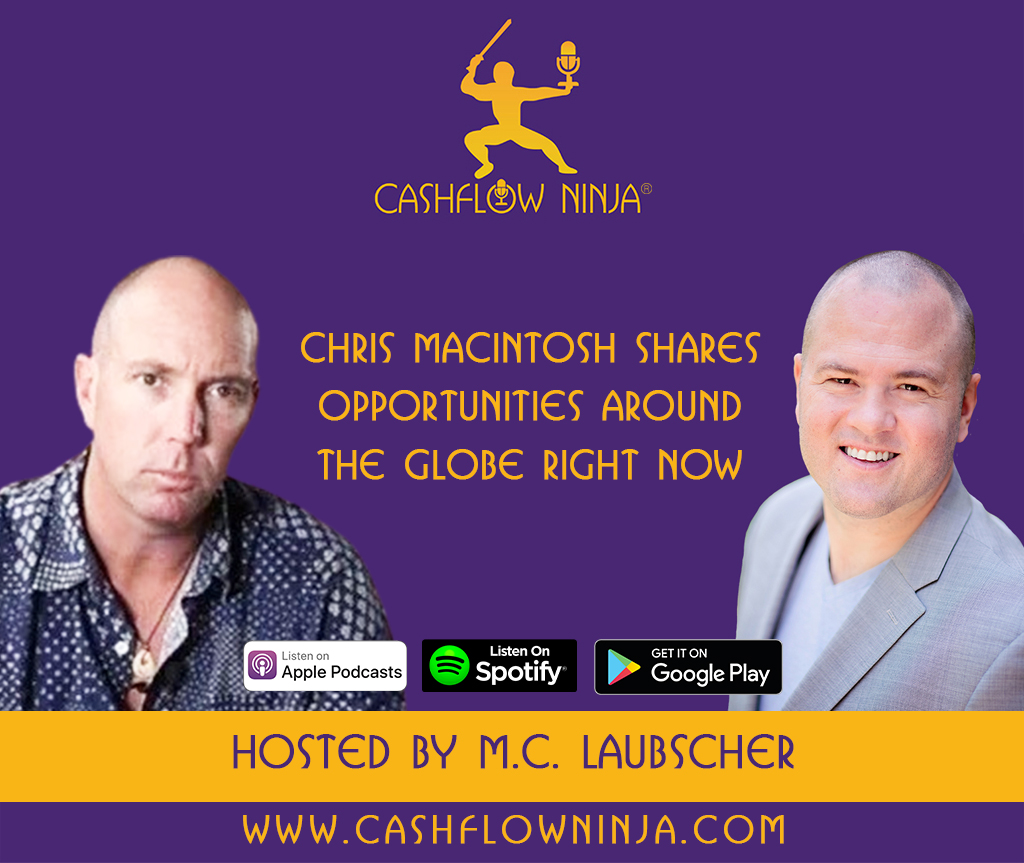
At first glance, you wouldn’t think that life insurance and real estate are similar, but in fact they’re more alike than you’d expect. Both are part of my overall wealth strategy, in large part because of how well they work together.
In this article, I’ll explore how they work well together, and why they’re more similar than you know.
Being Your Own Banker
I’ve shared far and wide the benefits for using life insurance as a place to warehouse your cash. It allows you to be your own banker, and collateralize your cash without interrupting growth. So that’s where my liquidity resides, and more specifically it’s in dividend paying whole life insurance with a mutual company.
These mutual life insurance companies have been around for almost 200 years, and are very solid institutions. To their credit, they’re not a part of the Wall Street casino, and they are not listed in the stock exchanges as public companies. They’re mutual companies that are private, and their shareholders are the policy owners.
So far, it’s not sounding like real estate, is it?
Drawing Comparison
1. Payments
So let’s look into real estate for a moment. When you buy a property, you get a mortgage. And you systematically make payments on the mortgage until it’s paid, and you own the property free and clear. Whole life insurance works the same way.
With the help of a knowledgeable advisor, you can structure your premium payments for a set amount — over 5, 10 ,15, 20, or more years. And once you’ve paid for the policy in full, you own that contract free and clear.
2. Appreciation
In addition, consider appreciation. Because the value of your real estate appreciates, right? Or at least, if done properly. The same goes for a life insurance policy. When properly structured (and fulfilling the criteria of dividend paying whole life, with a mutual company), the value of the policy will increase every year.
3. Equity
And then, there’s equity. Just as you can build up equity by making mortgage payments, you can actually build up equity in your policy in the form of a cash value. In fact, it happens much faster than it does in real estate. And just as you can access equity in real estate, you can access it from your cash value in the form of policy loans.
The reason I love policy loans over HELOCs, is that HELOCs can be pulled away in times when real estate value plummets. With life insurance, the value never goes down. In fact, there’s a minimum guaranteed increase each year. Even in times of crisis. That’s why I prefer to keep my liquidity there.
4. Positive Cashflow
What’s more, is both provide positive cashflow. With real estate, it’s whatever is left over after expenses have been paid.
With insurance, it’s dividends — any profits from the company after all expenses have been paid. Although you’re not guaranteed to recieve dividends, mutual companies have paid them for the last hundred years, during all kinds of financial hardship. That’s a pretty good track record. (And even without dividends, your policy is still guaranteed to increase.)
5. Tax Benefits
Both vehicles have amazing tax benefits — so much so, that I could make a separate article on tax benefits alone. Let’s focus on the big ones.
For life insurance, premiums are paid with after-tax dollars, and so the growth of the account is tax-free. Dividends are also tax-free. When you access money through policy loans, you do so tax-free. And when you die? The money is passed to your heirs tax-free. Sensing a theme? Additionally, in most states, life insurance offers asset protection.
In real estate, one of the greatest tax benefits, and forms of asset protection, is the 1031 exchange. This can be enacted when you sell one property, and roll over the equity into a new property, without triggering a taxable event.
You could also do this with life insurance, in the form of a 1035. My firm, Producer’s Wealth, rolls a lot of universal life policies into whole life insurance policies.
6. Retirement Income
Yet another similarity is the ability to create a tax-free retirement income. While it’s possible to live off of the cash flow on a real estate property, a lot of folks do something called a reverse mortgage. This essentially allows them to access the equity tax-free.
With life insurance, you can set up what is basically a private pension, because at a certain age you would be able to get a tax-free distribution from the policy.
7. Exit Strategies
When looking at exit strategies, both vehicles have an opportunity for liquidity. For example, when you sell a property, there’s liquidity there, and you have a variety of strategies you can utilize, which is efficient from a tax standpoint.
The exit strategy for life insurance involves estate planning, which can create massive liquidity and protect families. Additionally, it creates liquidity for the beneficiaries.
The two vehicles even work together from an estate planning perspective.
8. Collateralization
Another similarity? Banks love to lend money on both real estate and life insurance. The latter is called premium financing — if you have a certain net worth and income level, banks will actually lend you money to pay premiums on a life insurance contract.
9. Contracts
Another big similarity is the sale and transfer of contracts. Mortgage notes can be traded and sold. Same thing with life insurance policies — called viatical settlements or life settlements.
Still think real estate and life insurance are totally different?
I love life insurance; it makes amazing things possible. And really, I’ve only scratched the surface on what it can do. And if you haven’t given it the chance, I highly recommend it — both as a foundational strategy, and optimization strategy.
If you love real estate, don’t waste any more time and get some whole life insurance: you’ll quickly see how it improves everything you do.
You can learn more about exclusive cash flow strategies that combine life insurance and real estate in my new video series at https://www.yourownbankingsystem.com/
You can listen to my new podcast, Cashflow Investing Secrets here.
Live your Freedom, Live Your Legacy, On Your Own Terms,
M.C.
M.C. Laubscher is a husband, dad, podcaster & Cashflow Specialist. He helps business owners and investors create, recover, warehouse & multiply cashflow. You can learn more about exclusive cash flow strategies in M.C.’s new video series at https://www.yourownbankingsystem.com/
Share This
Related

898: Tom Dunkel: The Wealth Builders Playbook
My guest in this episode is Tom Dunkel. Tom Dunkel brings more than 30 years of experience in real estate, finance, and investing to his role as Managing Director of Eagle. Known for his disciplined approach and unwavering alignment with investors, Tom personally invests in every deal he presents, ensuring absolute trust and shared outcomes…

897: Eugene Shatsman: How To Grow & Scale Your Business Right Now
My guest in this episode is Eugene Shatsman. Eugene is the Managing Partner of National Strategic Group. Eugene teaches business strategy, consumer behavior, marketing, and what all of us want – how to drive more business into our businesses. His team at National Strategic has over 100 people, and they do a tremendous amount of…

896: Chris MacIntosh: Opportunities Around The Globe Right Now
My guest in this episode is Chris Macintosh. Chris has founded and built several multi-million dollar businesses in the investment arena, including overseeing the deployment of over $30m into Venture Capital opportunities and advising family offices internationally. Before this, Chris built a career at Invesco Asset Management, Lehman Brothers, JPMChase, & Robert Flemings. Interview Links:…
